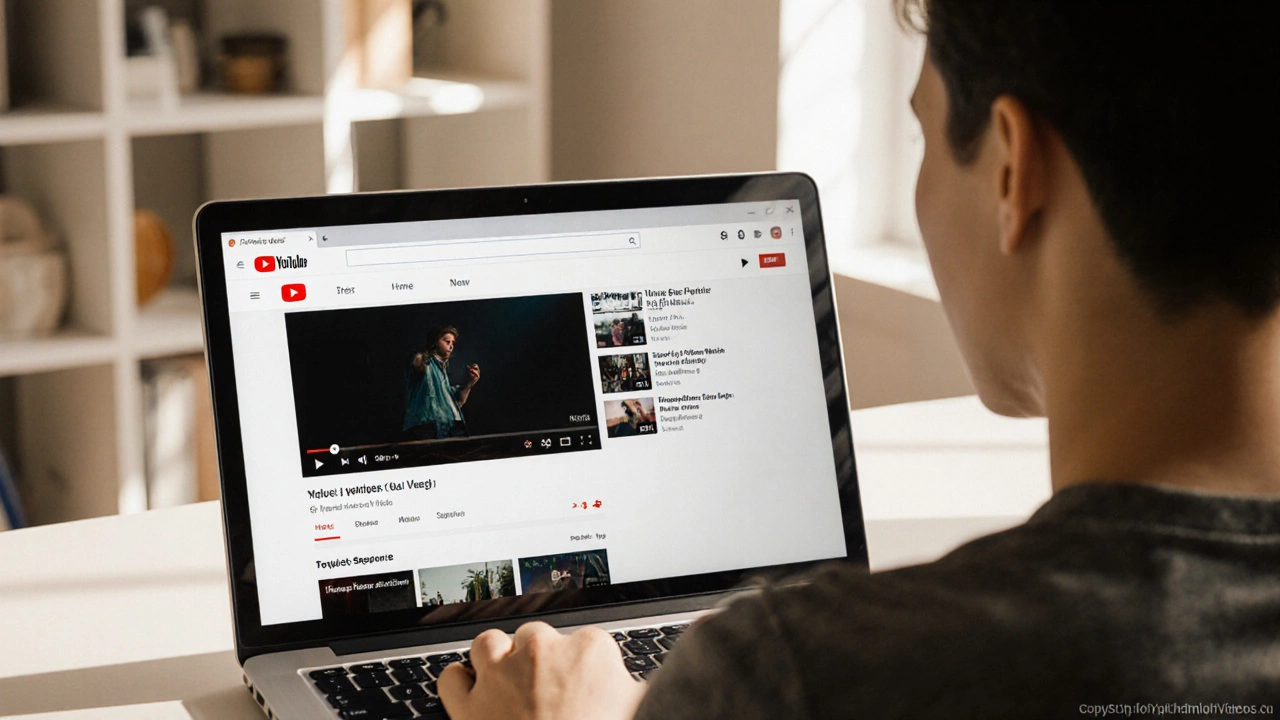YouTube Music: Everything You Need to Know
When working with YouTube music, the platform that streams audio and video tracks directly from YouTube, offering personalized playlists, recommendations, and ad‑supported listening. Also known as YouTube Audio, it lets creators monetize content while giving listeners easy access to billions of songs. YouTube music sits at the crossroads of entertainment and revenue, shaping how artists reach fans worldwide.
How Streaming Royalties Fit Into the Picture
One of the biggest questions for creators is how they get paid. Streaming royalties, the earnings generated each time a track is played on a digital platform are calculated from ad revenue, subscription fees, and listener location. On YouTube, royalties flow through Content ID matches and the YouTube Partner Program, meaning each play can add a fraction of a cent to an artist’s wallet. Understanding the split between platform fees and creator payout helps you plan realistic income goals.
Music dynamics—the way volume and intensity shift within a track—also play a role in listener engagement. Music dynamics, the variations in loudness, from soft passages (piano) to loud peaks (forte) influence how a song feels and can affect streaming metrics. Tracks with clear dynamic contrast often keep listeners longer, which boosts royalty calculations. Knowing how to use forte, piano, and crescendos can turn a decent song into a streaming magnet.
For those seeking a calmer listening experience, relaxing music genres provide a natural counterbalance. Relaxing music genres, styles like ambient, lo‑fi hip hop, and soft acoustic that prioritize smooth textures and low tempos are popular on playlists curated for study, sleep, or meditation. These genres often enjoy high repeat rates and longer session times, which translate into steadier royalty streams. Picking the right mood can widen your audience and keep revenue flowing.
Putting these pieces together, YouTube music encompasses streaming royalties, music dynamics, and relaxing genres. It requires creators to understand the platform’s monetization rules, to craft tracks with compelling dynamic ranges, and to tap into mood‑based listening trends. When you align these elements, you’ll see higher play counts, better audience retention, and a healthier bottom line.
Below you’ll find a curated collection of articles that break each of these topics down further. From deep dives into royalty calculations to practical tips on mastering dynamics and building calming playlists, the posts are designed to give you actionable insight right now. Explore the guides and start fine‑tuning your YouTube music strategy today.
Is YouTube Music Free? What You Need to Know
Learn if music on YouTube is truly free, the licensing rules that apply, and how to use tracks safely in your own projects.
Continue Reading




